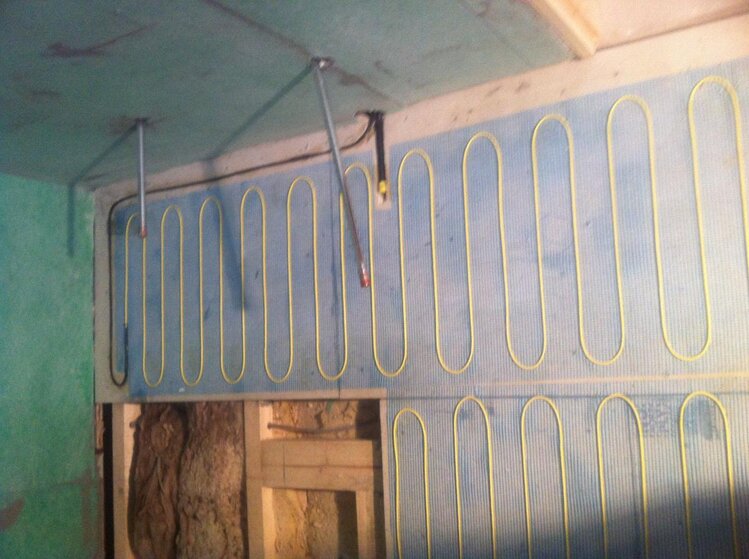R
rick2
Hi Guys
I am over on a visit from the electricians forums and have a few tiling questions. I am about to re-do my bathroom and plan to tile the walls and floor, and box in the bath with the bath inset in to a wooden frame, with a small tiled shelf all around.
The walls are all plastered, I am OK to tile directly on to that, but should I use a tanking product in the shower cubicle?
For the floor, I was going to use Hardibacker or No more ply, stuck and screwed down, but have read about newer types of board such as Wedi / Marmox. Why are these better – they certainly seem more expensive.
For the bath panel, either of the above, or would plasterboard be OK? I would think not for the shelf bit as it’s bound to get wet.
In either case, do I need to use a tanking product over the backer board, if so any suggestions?
Thanks for any advice
Cheers
Richard
I am over on a visit from the electricians forums and have a few tiling questions. I am about to re-do my bathroom and plan to tile the walls and floor, and box in the bath with the bath inset in to a wooden frame, with a small tiled shelf all around.
The walls are all plastered, I am OK to tile directly on to that, but should I use a tanking product in the shower cubicle?
For the floor, I was going to use Hardibacker or No more ply, stuck and screwed down, but have read about newer types of board such as Wedi / Marmox. Why are these better – they certainly seem more expensive.
For the bath panel, either of the above, or would plasterboard be OK? I would think not for the shelf bit as it’s bound to get wet.
In either case, do I need to use a tanking product over the backer board, if so any suggestions?
Thanks for any advice
Cheers
Richard






